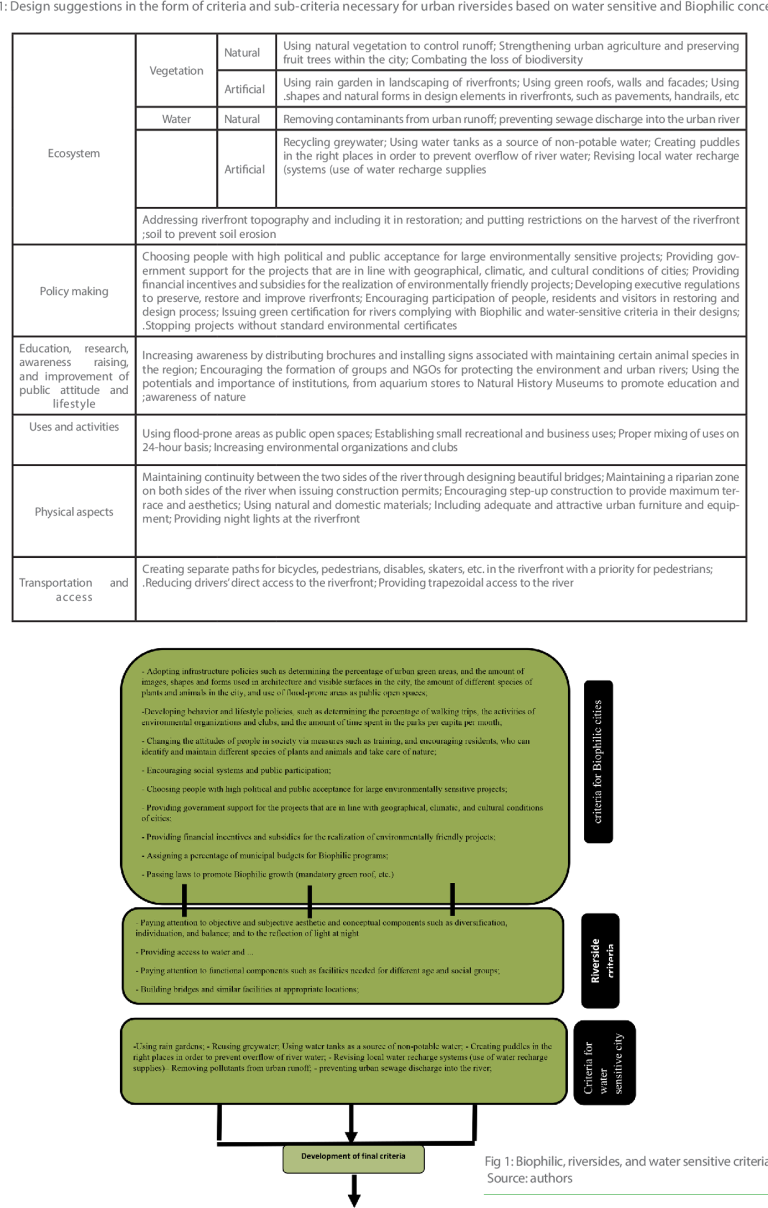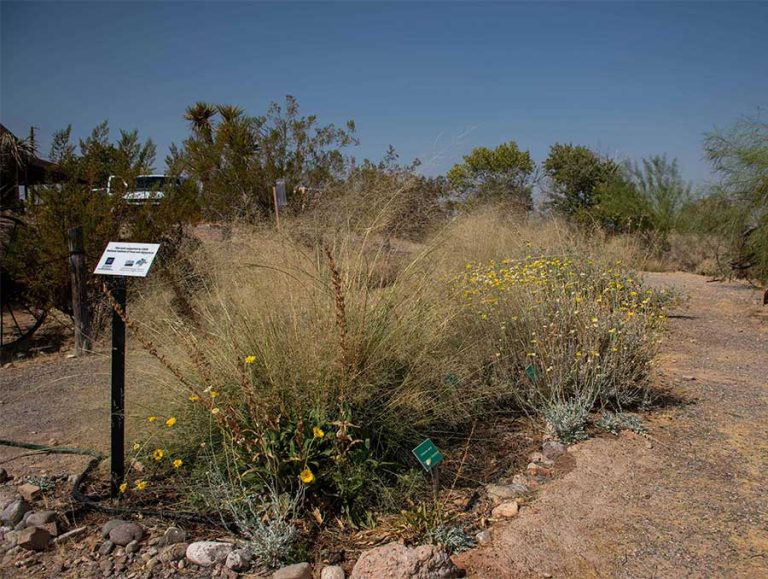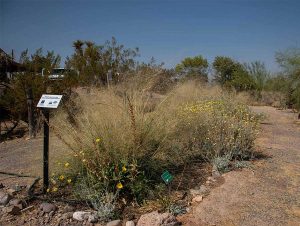Designing a Garden That Supports Local Wildlife
Are you tired of your garden feeling like a concrete jungle? Well, fear not! It’s time to embark on a journey to create a garden that supports local wildlife.
By following a few simple steps, you’ll transform your backyard into a haven for birds, butterflies, and other critters. Forget the outdated notion of a manicured lawn; it’s time to embrace the wild side!
Start by incorporating native plants, which provide food and shelter for local species. Then, choose wildlife-friendly plants that attract pollinators and beneficial insects.
Don’t forget to add water sources and create cozy shelters for your new garden tenants. With a little effort, you can design a garden that not only looks beautiful but also supports the vibrant wildlife in your area.
Importance of Native Plants
To support local wildlife in your garden, prioritize native plants. Native plants are crucial for maintaining a healthy ecosystem and attracting a diverse range of wildlife. Unlike exotic plants, which may not provide the necessary resources and habitat for local wildlife, native plants have evolved to thrive in your specific region. They’ve developed a symbiotic relationship with local insects, birds, and other animals, providing them with food, shelter, and nesting sites. By incorporating native plants into your garden, you create a natural haven for local wildlife to find everything they need to survive and thrive.
Native plants also require less maintenance compared to exotic species, as they’re adapted to the local climate and soil conditions. They’re more resistant to pests and diseases, reducing the need for harmful pesticides and herbicides. Additionally, native plants have deep root systems that help prevent erosion and improve soil health, further benefiting the overall ecosystem.
In contrast, exotic plants can become invasive and outcompete native species, disrupting the delicate balance of the ecosystem. They may not provide the same level of resources for wildlife, leading to a decline in biodiversity.
Choosing Wildlife-Friendly Plants
Prioritize plants that are beneficial for local wildlife when selecting vegetation for your garden. By choosing wildlife-friendly plants, you can create a habitat that supports a diverse range of animals and insects.
Opt for plants that provide food sources, such as nectar-rich flowers for pollinators like bees and butterflies, and berries or seeds for birds. Consider including native plants, as they’ve evolved alongside local wildlife and are better suited to meet their needs. These plants provide familiar food sources and shelter, making them a valuable addition to your garden. Additionally, native plants are often low-maintenance and require less water and pesticides, which benefits both wildlife and the environment.
When selecting plants, aim for a variety of species that bloom at different times of the year to ensure a continuous supply of food and shelter. By creating a diverse and wildlife-friendly garden, you can attract a wide array of creatures, from songbirds to beneficial insects, and contribute to the overall health and biodiversity of your local ecosystem.
Providing Water Sources
One way to support local wildlife in your garden is by providing a water source. Water is essential for all living creatures, and by offering a clean and accessible water supply, you can attract a wide range of wildlife species to your garden. There are several ways you can provide water sources for wildlife.
Firstly, consider installing a bird bath or a shallow dish filled with water. Birds rely on water for drinking and bathing, so having a bird bath in your garden won’t only quench their thirst but also allow them to clean their feathers. Make sure to change the water regularly to prevent the growth of bacteria and mosquitoes.
Another option is to create a small pond or water feature. Ponds attract various wildlife, including frogs, dragonflies, and even fish. These aquatic creatures won’t only add to the biodiversity of your garden but also provide a natural ecosystem. Ensure the pond has sloping sides to allow animals to enter and exit easily, and include rocks or floating plants for shelter and perching spots.
Lastly, don’t forget to provide water sources for smaller creatures. You can place shallow dishes or saucers filled with water in your garden, which will attract insects like butterflies and bees. These tiny creatures play a crucial role in pollination and are important for the overall health of your garden.
Creating Shelter for Wildlife
Provide shelter for wildlife in your garden by creating suitable habitats and hiding places. By incorporating these elements, you can create a safe and welcoming environment for a variety of creatures:
– Plant native trees and shrubs: Native plants provide excellent shelter for wildlife, as they offer a familiar habitat and food source. Choose plants that provide dense foliage or thorny branches to create secure hiding spots for birds, insects, and small mammals.
– Install birdhouses and nesting boxes: Birds often struggle to find suitable nesting sites, especially in urban areas. By placing birdhouses and nesting boxes around your garden, you can provide them with safe spaces to raise their young. Ensure the boxes have proper ventilation and drainage to keep the birds comfortable.
– Build a rock pile or log pile: Creating a pile of rocks or logs can provide a cozy shelter for reptiles, amphibians, and insects. These piles offer protection from predators and harsh weather conditions. Make sure to position the rocks or logs in a way that allows small creatures to access the spaces between them.
– Leave debris and fallen leaves: Instead of clearing away every fallen leaf or twig, leave some debris in your garden. This provides a natural hiding place for insects, spiders, and other small invertebrates. It also helps to create a more diverse and natural-looking habitat.
Minimizing Chemical Use
To minimize chemical use in your garden, consider natural pest control methods such as introducing beneficial insects or using organic pesticides.
Additionally, choose native plants that are adapted to the local environment, reducing the need for chemical fertilizers and pesticides.
Promoting soil health through practices like composting and mulching can also help create a balanced ecosystem that’s less reliant on chemicals.
Natural Pest Control
Using natural methods for pest control in your garden helps to minimize the use of harmful chemicals. Here are some effective techniques to employ:
– Introduce beneficial insects: Attract natural predators like ladybugs, lacewings, and praying mantises to your garden. They feed on common garden pests such as aphids, mites, and caterpillars.
– Plant companion crops: Certain plants, like marigolds and nasturtiums, repel pests and attract beneficial insects. Interplanting them with your vegetables or flowers can help deter pests.
– Use physical barriers: Install netting or row covers to protect your plants from insects or birds. This prevents direct contact and reduces the need for chemical sprays.
– Practice crop rotation: Changing the location of your plants each year helps disrupt pest life cycles and minimizes the risk of infestation.
Native Plant Selection
Choose native plants for your garden to minimize the use of chemicals and support local wildlife.
Native plants are well adapted to the local climate and soil conditions, making them more resilient and less reliant on chemical intervention.
They’ve evolved alongside local wildlife, providing them with food and shelter.
By selecting native plants, you create a natural habitat that attracts and sustains a diverse range of local wildlife, including birds, bees, butterflies, and other beneficial insects.
These plants also help to maintain a balanced ecosystem by attracting natural predators that control pests.
Soil Health Promotion
Ensure the health of your garden’s soil by minimizing the use of chemicals. By adopting natural methods, you can promote soil health and create a thriving environment for local wildlife. Here are a few tips to help you achieve this:
– Composting: Turn organic waste, such as kitchen scraps and yard trimmings, into nutrient-rich compost. This will enhance the soil’s fertility and structure naturally.
– Mulching: Apply a layer of organic mulch, like wood chips or straw, around your plants. This helps retain moisture, suppresses weeds, and improves soil quality over time.
– Crop rotation: Rotate your crops each season to prevent the depletion of nutrients in the soil. This practice also helps control pests and diseases naturally.
– Natural pest control: Implement integrated pest management techniques, such as attracting beneficial insects and using natural repellents, to reduce the need for chemical pesticides.
Maintaining a Wildlife-Friendly Garden
To maintain a wildlife-friendly garden, you need to consider two important factors: native plant selection and water source placement.
Native plants provide food and shelter for local wildlife, so choose species that are indigenous to your area.
Additionally, strategically placing water sources, such as bird baths or small ponds, will attract a variety of animals and insects, ensuring a thriving ecosystem in your garden.
Native Plant Selection
How can you attract and support local wildlife in your garden through the selection of native plants? By choosing native plants for your garden, you can create a welcoming habitat for local wildlife.
Here are four reasons why native plant selection is important:
– Biodiversity: Native plants provide food and shelter for a wide variety of local wildlife, including birds, butterflies, and bees.
– Adaptability: Native plants have evolved to thrive in your local climate and soil conditions, making them low-maintenance and more resistant to pests and diseases.
– Pollinator support: Native plants attract and support pollinators like bees and butterflies, which are essential for the reproduction of many plants.
– Ecosystem restoration: Planting native species helps restore the natural balance of your local ecosystem, preserving the native flora and fauna.
Water Source Placement
You should regularly provide a water source in your garden to maintain a wildlife-friendly environment.
Placing the water source strategically is crucial for attracting and supporting local wildlife. Consider placing it near trees or shrubs, as these provide shelter and perching spots for birds and other small animals.
Make sure the water source is easily accessible and at ground level, so that animals can drink and bathe without difficulty. A shallow birdbath or a small pond with a gentle slope can be ideal options.
It’s important to keep the water clean and fresh by regularly changing it and removing any debris.
Frequently Asked Questions
How Can I Attract Specific Types of Wildlife to My Garden?
To attract specific types of wildlife to your garden, create a diverse habitat with native plants, water sources, and shelter. Provide food sources like bird feeders or plants that produce berries. Avoid using pesticides and embrace natural gardening practices.
Are There Any Specific Plants or Flowers That Should Be Avoided in a Wildlife-Friendly Garden?
Avoid planting invasive species or plants that produce pollen or nectar that can be harmful to wildlife. Instead, choose native plants and flowers that provide food, shelter, and nesting sites for local wildlife.
What Are Some Alternative Options for Water Sources in a Wildlife-Friendly Garden?
You can provide alternative options for water sources in your wildlife-friendly garden. Consider adding a birdbath, a small pond, or a shallow dish with rocks for insects to drink from.
How Can I Protect My Garden From Common Garden Pests Without Using Chemicals?
To protect your garden from common pests without chemicals, try planting companion plants that repel pests, like marigolds for aphids. Use physical barriers like netting or row covers, and encourage beneficial insects like ladybugs.
Are There Any Specific Maintenance Practices That Should Be Followed to Ensure a Successful Wildlife-Friendly Garden?
To ensure a successful wildlife-friendly garden, follow specific maintenance practices. These include providing food, water, and shelter for local wildlife, planting native plants, avoiding chemical pesticides, and maintaining a balanced ecosystem.
Conclusion
In conclusion, creating a garden that supports local wildlife isn’t only beneficial for the environment, but also a rewarding experience.
By incorporating native plants, providing water sources, and creating shelter, you can attract a variety of birds, butterflies, and other creatures to your garden.
Remember to minimize the use of chemicals and regularly maintain your garden to ensure it click reference remains wildlife-friendly.
Your efforts will contribute to the preservation of local wildlife and make a positive impact on the ecosystem.






